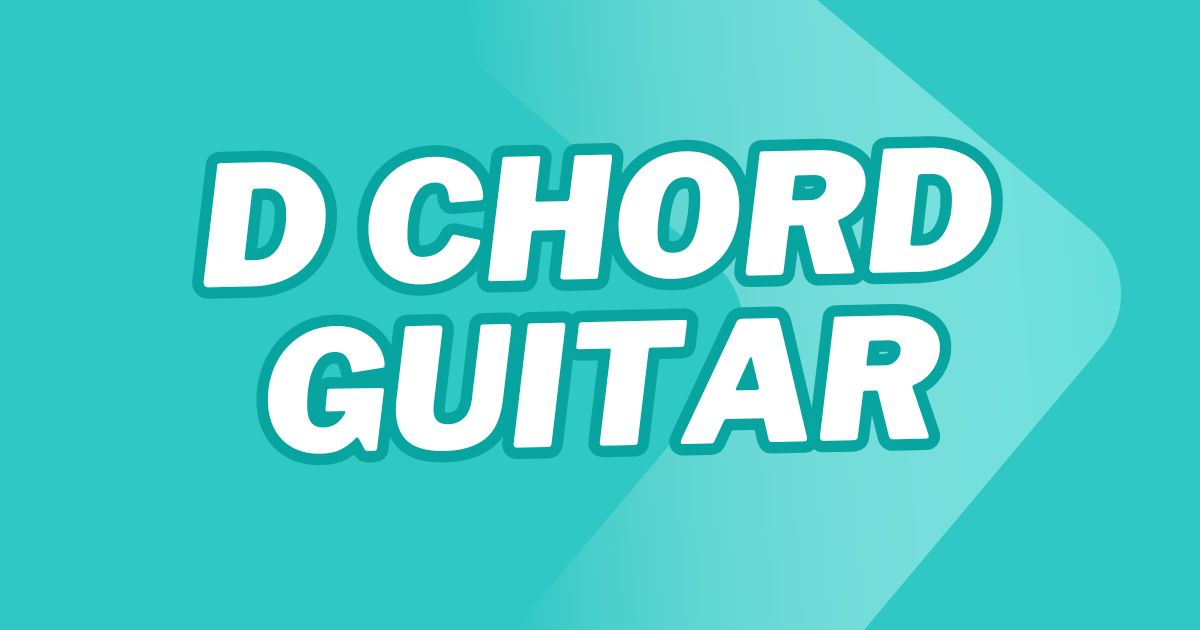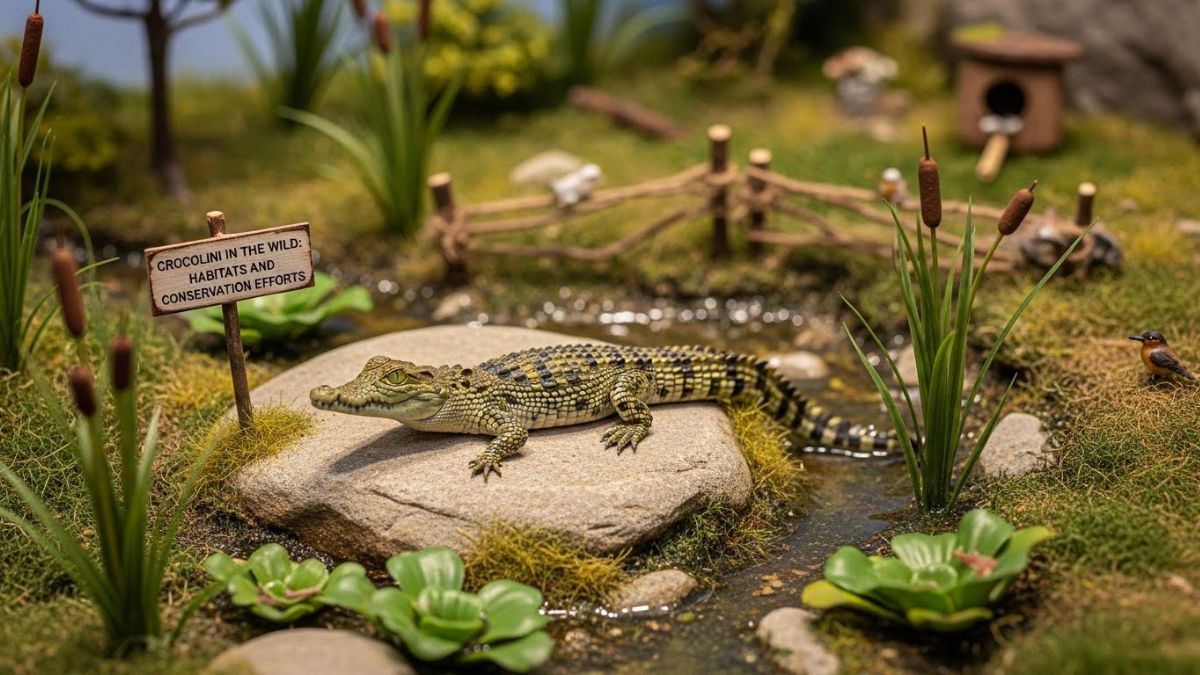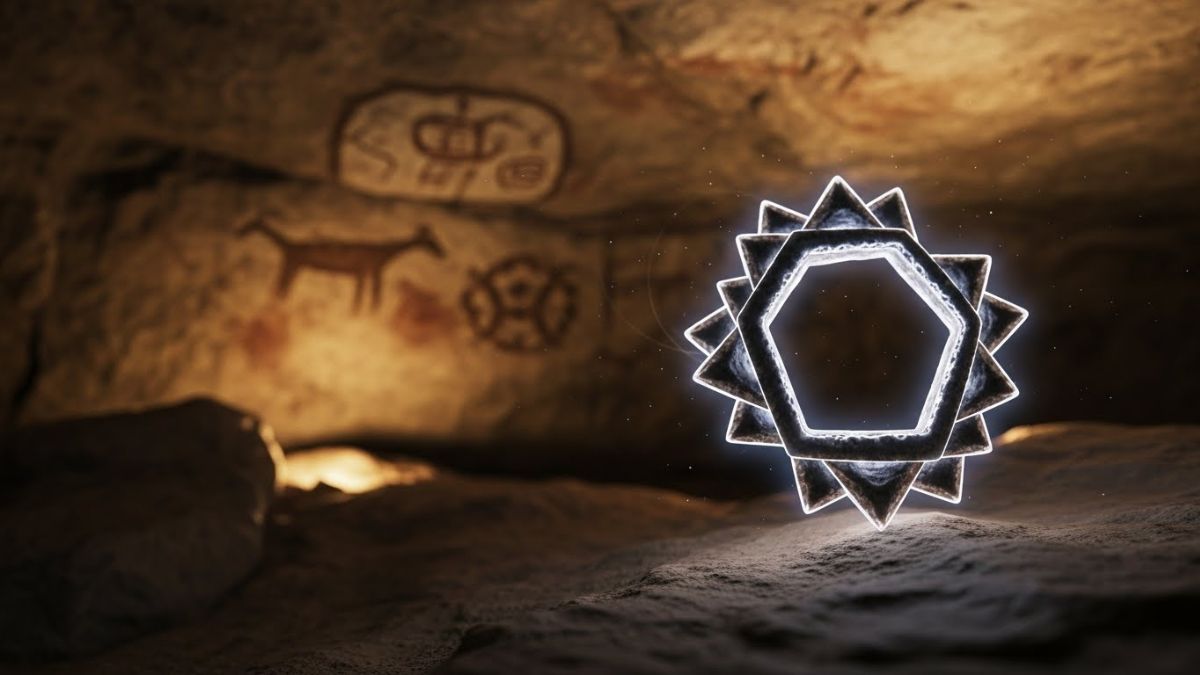Learning the guitar can feel overwhelming at first, but one of the most fundamental building blocks is mastering chords—especially the D major chord. The D chord is not only essential for beginners but also a staple in countless popular songs across genres. If you’ve ever wanted to strum like Ed Sheeran or write a heartfelt acoustic tune, getting your D chord right is non-negotiable. In this guide, we’ll explore everything from how to play the D chord, why it matters, and how to use it in real music contexts.
What Is the D Chord on Guitar?
The D major chord is a triad, meaning it’s made up of three notes: D, F♯, and A. On the guitar, it’s typically played using four strings, starting from the fourth string (D string) down to the first string. This open chord is one of the first you’ll learn, and for good reason—it’s versatile, sounds bright, and features in countless songs.
How to Finger the D Major Chord
To play the D chord in its standard open position, place your index finger on the second fret of the third (G) string, your middle finger on the second fret of the first (high E) string, and your ring finger on the third fret of the second (B) string. Only strum the bottom four strings. Avoid playing the fifth (A) and sixth (E) strings, as they don’t belong to the D major chord.
Why the D Chord Is Essential for Beginners
The D major chord is found in many beginner-friendly songs, from folk to pop to country. It’s part of the key of G and D major, two common keys in guitar music. Learning D helps reinforce basic fretting techniques and introduces chord changes that improve your playing fluidity and finger strength.
Common Mistakes When Playing the D Chord
New players often let some strings mute unintentionally. This can happen when fingers aren’t curled enough, or if the fingertips don’t press the strings properly. Another mistake is strumming all six strings, which causes the chord to sound muddy. Focusing on clean finger placement and strumming accuracy is key.
Tips for Transitioning To and From the D Chord
Smooth transitions between chords is a hallmark of good rhythm guitar playing. To switch from G to D, try pivoting around your ring finger, which often stays anchored. Practice common transitions like G-D-Em-C in loops to build muscle memory and confidence.
D Chord Variations You Should Know
Once you’re comfortable with the open D major chord, you can try out variations like Dsus2 (D suspended 2), Dsus4, and D7. These add flavor and emotion to your playing. Barred versions of the D chord, such as D major at the fifth fret, also give you more options for playing in different styles and registers.
Barre Chord Version of D Major
To play the D chord as a barre chord, place your index finger across all strings at the fifth fret and form an A major shape with your remaining fingers. This is more advanced, but it’s worth learning for versatility. It also helps you move the D shape up and down the neck to play other major chords.
How to Strum the D Chord Like a Pro
Strumming is just as important as fingering. Use a down-down-up-up-down-up pattern to bring life to your D chord. Try strumming only the bottom four strings and focus on dynamics—play softer in verses, louder in choruses for dramatic effect.
Songs That Use the D Chord
The D major chord appears in thousands of songs. Examples include “Knockin’ on Heaven’s Door” by Bob Dylan, “Let It Be” by The Beatles, and “Wonderwall” by Oasis. Playing these songs helps contextualize the chord and keeps your practice fun and motivating.
How to Practice the D Chord Effectively
Start with slow, controlled strumming and focus on clarity. Use a metronome to keep time and practice switching between D and other basic chords like A, G, and E minor. Aim for clean transitions and gradually increase your speed.
Finger Strength and Flexibility Exercises
Finger stretching and warm-up routines can make playing the D chord much easier. Try spider walks (crawling fingers up and down the strings) or finger tapping drills to build strength. Flexibility ensures your fingers land cleanly and avoid touching unintended strings.
Using the D Chord in Songwriting
The D chord sounds uplifting and works beautifully in progressions. Try pairing it with G, A, and Bm for a classic pop or country vibe. Use it as a foundation for verses or as a resolution chord in your chorus to evoke an emotional lift.
Capo Use and the D Chord
With a capo, the D chord can function as different chords. For example, placing a capo on the 2nd fret and playing a D chord makes it sound like an E chord. This trick is used often by singers who want to match their vocal range without changing chord shapes.
D Chord in Different Genres
In rock, the D chord can be powerfully distorted; in folk, it’s clean and melodic. In reggae or ska, it’s often chopped rhythmically. Its adaptability across genres makes it a must-know for every guitarist.
Troubleshooting D Chord Issues
If your D chord buzzes or sounds muted, double-check finger placement. Ensure your fingers press firmly behind the frets, not on top of them. Also, keep your wrist slightly bent to allow better access to the strings.
When to Move Beyond the Basic D Chord
After mastering the open D major, explore other chord shapes and scales that include D. Learn the D major scale and arpeggios to solo over the chord. This opens the door to improvisation and deeper musical understanding.
Conclusion
The D chord on guitar is more than just a stepping stone—it’s a lifelong companion for guitarists. Whether you’re strumming along to your favorite songs or crafting original compositions, the D major chord adds richness, energy, and accessibility. With steady practice, you’ll be able to play the D chord cleanly and use it fluently in a variety of musical contexts. Keep pushing, keep strumming, and most importantly—enjoy the journey.
FAQs
What are some easy songs that use the D chord?
A1: Try “Horse With No Name,” “Let It Be,” or “Love Me Do.” They feature the D chord and are beginner-friendly.
Can I play the D chord with a capo?
A2: Yes! A capo lets you use the D shape to play chords in different keys, great for matching vocal range.
Why does my D chord sound muted?
A3: Likely because your fingers are touching adjacent strings or not pressing hard enough. Adjust your hand angle and try again.
What’s the difference between D major and D minor?
A4: D major uses the notes D-F#-A, while D minor uses D-F-A. The minor chord sounds sadder or darker.
How do I move from D to G smoothly?
A5: Use your ring finger as a pivot point and practice slowly until the transition becomes natural.











